Vote No on AB 942: Defend Rooftop Solar Affordability
Redwood Energy reports on Clean Coalition’s expert commentary, warning that AB 942 threatens rooftop solar affordability and undermines the clean‑energy transition
Read article
The Clean Coalition is reviewing a number of Community Microgrid configurations that incorporate combinations of these factors:
The basic configurations — more details, including diagrams to illustrate the configurations, follow below:
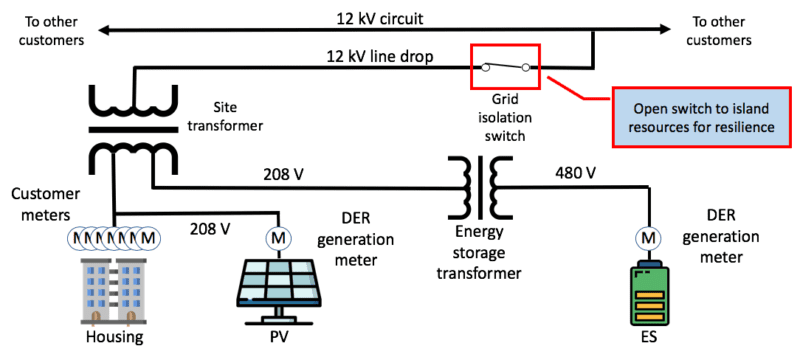
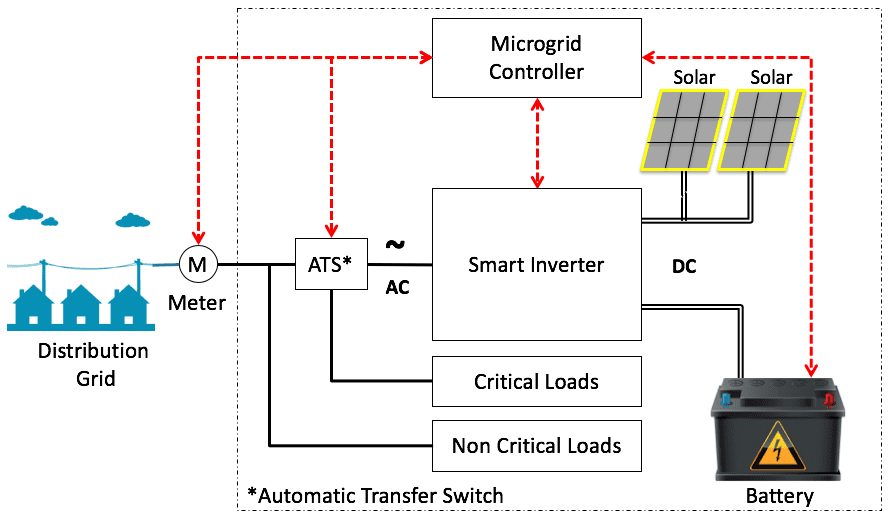
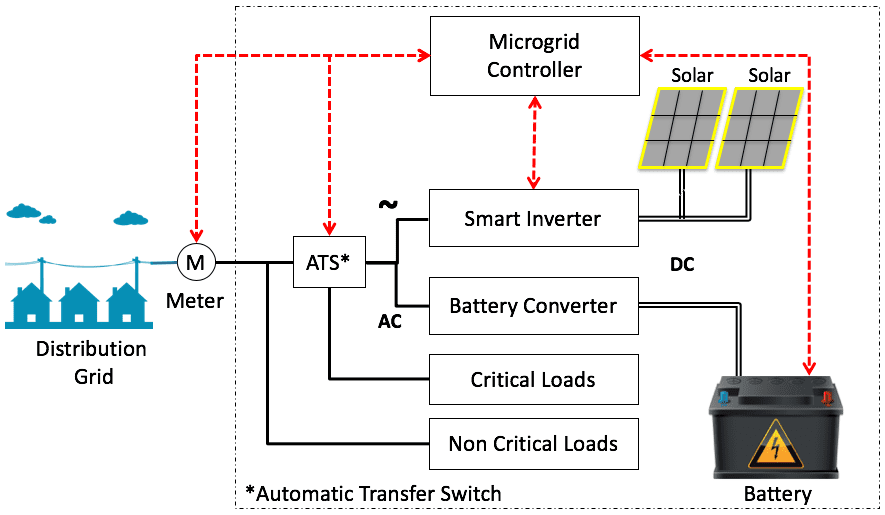
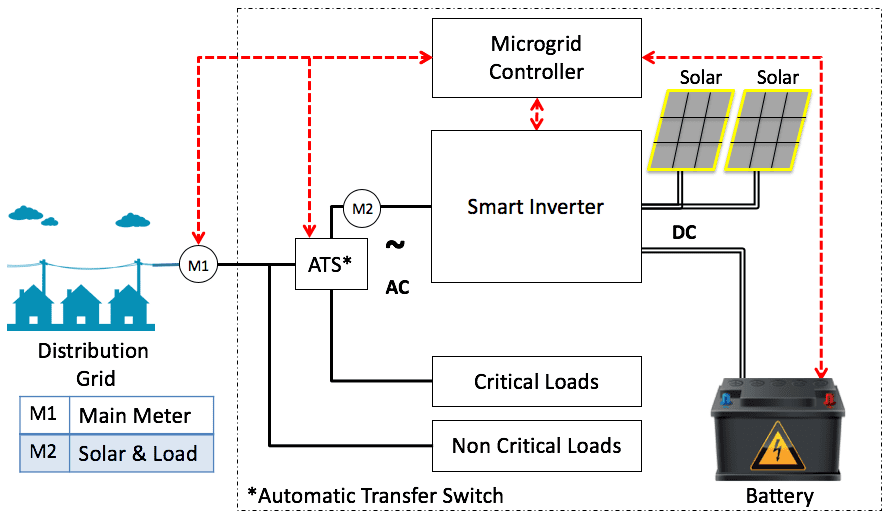
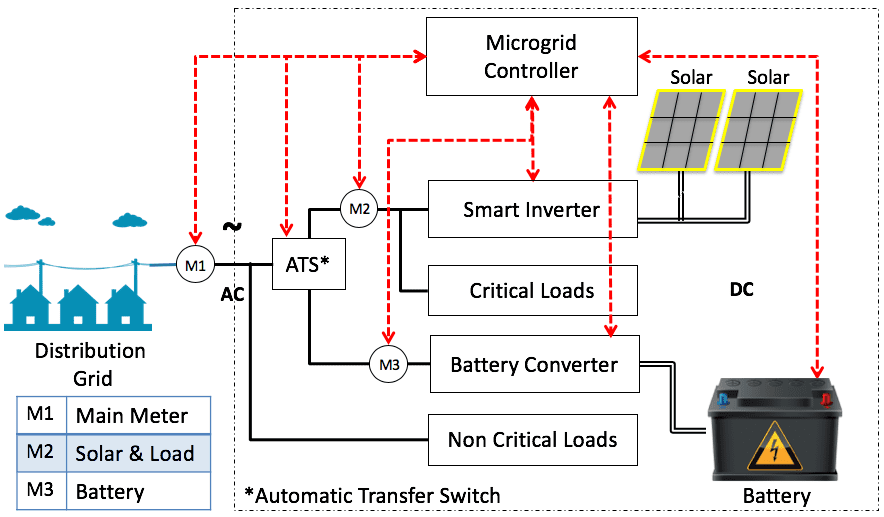
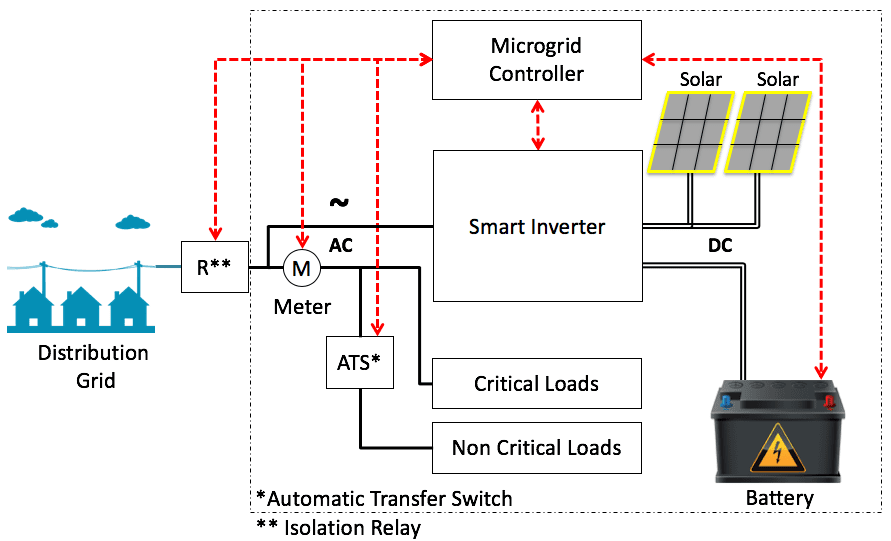
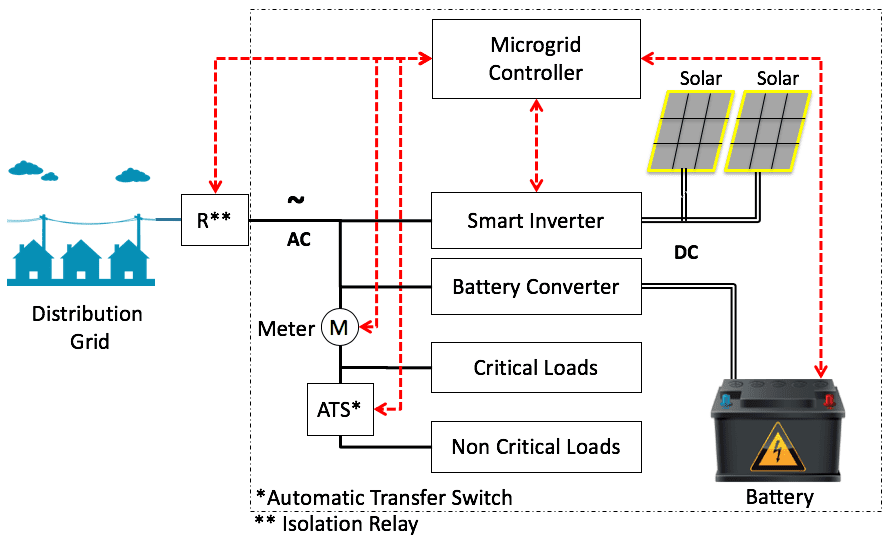
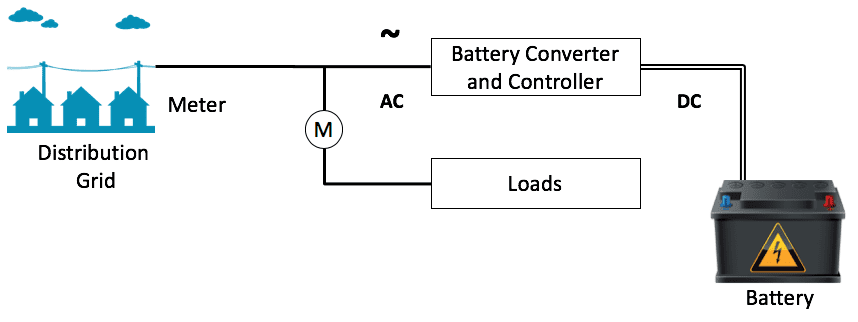
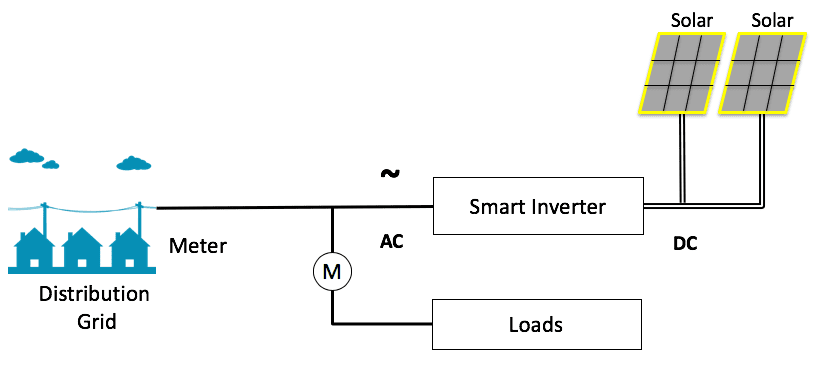
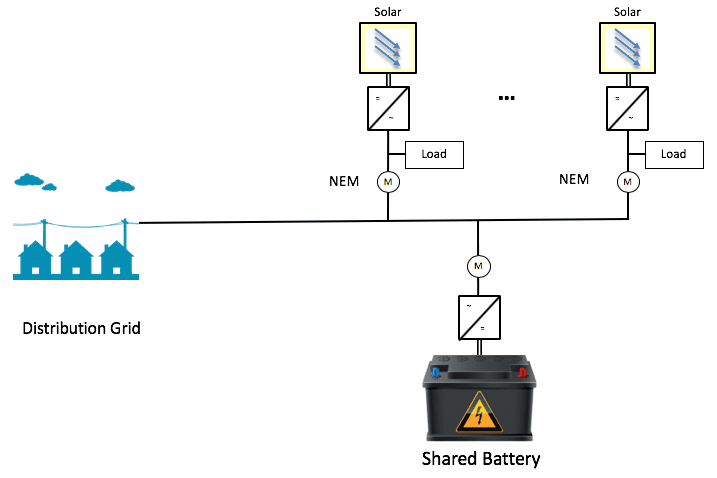
Policies and market mechanisms to support these configurations
Community Microgrid deployments face a number of policy and market barriers. We’re working to optimize the significant economic, environmental, and resilience benefits of Community Microgrids, to truly unleash these important clean energy delpoyments.
The latest in clean local energy
Learn about our innovative projects and initiatives on our blog, and see what others are reporting about our important work.
Redwood Energy reports on Clean Coalition’s expert commentary, warning that AB 942 threatens rooftop solar affordability and undermines the clean‑energy transition
Read articleThis Clean Coalition hosted webinar took place on 27 June 2025 at 10:00 AM PST.
Read MoreThis blog post highlights the RGL Community Microgrid, which will provide clean energy and resilience to a disadvantaged community (DAC), utilize master metering, and serve as a critical model for future multi-unit housing (MUH) projects and master metering policies.
Read More